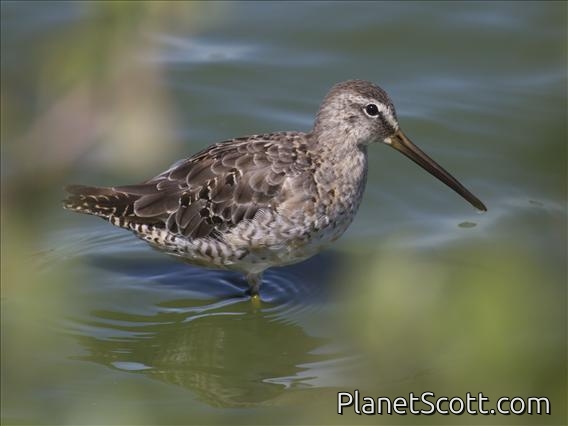Short-billed Dowitcher (Limnodromus griseus)

Short-billed Dowitcher (Limnodromus griseus)
×


Short-billed Dowitcher (Limnodromus griseus)
About Short-billed Dowitcher (Limnodromus griseus)
- Kingdom: Animals
- Phylum: Chordates
- Class: Birds
- Order: Pelicans
- Family: Sandpipers and Allies
The short-billed dowitcher, like its congener, the long-billed dowitcher, is a medium-sized, stocky, long-billed shorebird in the family Scolopacidae.
Source: Wikipedia
Trips
Visits
-
2006-02-23
Berkeley Marina, United States of America -
2006-04-19
Candlestick Park, United States of America -
2007-04-11
San Diego Estuary, United States of America -
2007-04-13
Candlestick Park, United States of America -
2008-01-09
La Bajada, Mexico -
2008-02-25
San Jose del Cabo - Estuary, Mexico -
2009-01-14
Cozumel, Mexico -
2009-01-22
Cay Caulker, Belize -
2010-05-29
Potter Marsh, United States of America -
2012-04-14
Heron's Head Park, United States of America -
2012-08-12
Redwood Shores - Radio Road, United States of America -
2012-08-12
Foster City Beach, United States of America -
2013-04-16
Aransas NWR (CTC 037) (Aransas Co.), United States of America -
2013-04-17
Brazoria NWR (UTC 108), United States of America -
-
-
-
-
-
-
-
-





